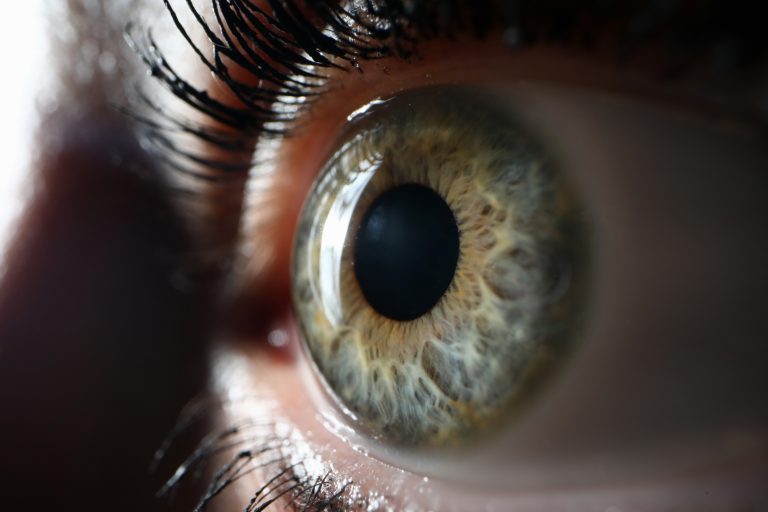
AbbVie will partner with biotech Regenxbio to develop a potential one-time gene therapy for conditions such as wet age-related macular degeneration (AMD), diabetic retinopathy and other retinal diseases, in a deal worth more than $370M.
Wet AMD and other similar retinal diseases are characterized by the formation of new, malfunctioning blood vessels that cause retinal fluid accumulation and damage, triggered in large part by vascular endothelial growth factor (VEGF).
Regenxbio’s gene therapy, currently known as RGX-314, was developed to inhibit VEGF. It does this via an antibody fragment linked to a ‘next generation’ adeno-associated virus (AAV) vector NAV AAV8, developed by Regenxbio.
The agreement involves a one-time $370M payment to Regenxbio from AbbVie. If various developmental, regulatory and commercial milestones are met then the biotech could earn up to $1.38B for the deal.
“We expect to leverage AbbVie’s global developmental and commercial infrastructure within eye care with our expertise in AAV gene therapy clinical development and deep in-house knowledge of manufacturing and production to continue the development of RGX-314,” said Kenneth Mills, president and CEO of Regenxbio.
Regenxbio is currently trialing two delivery methods – suprachoroidal and subretinal – in trials for the therapy for wet AMD known as Aaviate and Atmosphere, respectively. A Phase II trial (Altitude) of a suprachoroidal delivery method for treatment of diabetic retinopathy is also currently enrolling patients.
Under the terms of the collaboration, Regenxbio will be responsible for completing these ongoing trials and the two companies will share costs and work together to run future trials of the therapy, should earlier trials prove successful. AbbVie will be in charge of clinical development and commercialization of RGX-314.
This collaboration is an additional investment into ophthalmology for AbbVie, which acquired eye-care specialist Allergan last year.
“We are committed to finding solutions for patients living with difficult-to-treat retinal diseases and to helping preserve and protect our patients from visual impairment and devastating vision loss,” said Tom Hudson, senior vice president, R&D, chief scientific officer, AbbVie. “In collaboration with Regenxbio, we aim to make a remarkable impact for the millions of patients suffering from vision loss associated with retinal diseases.”
Regenxbio has not had a completely smooth development pathway with RGX-314. In 2019, the FDA put a partial hold on development of the programs linked to issues with the delivery device for the therapy.
While that hurdle seems to have been overcome and this therapy candidate comes from a ‘next generation’ family of AAV vectors, supposed to be safer and more effective than their predecessors, there have been concerns raised in recent months about the safety of AAV vectors used in gene therapies. The FDA recently ran a panel to discuss these concerns with specific regard to the approved therapies Zolgensma for spinal muscular atrophy and Luxturna for inherited retinal disease.
Efforts are now underway to improve the specificity and safety of current vectors, but whether Regenxbio’s candidates are safe and effective enough to reach the market remains to be seen.













